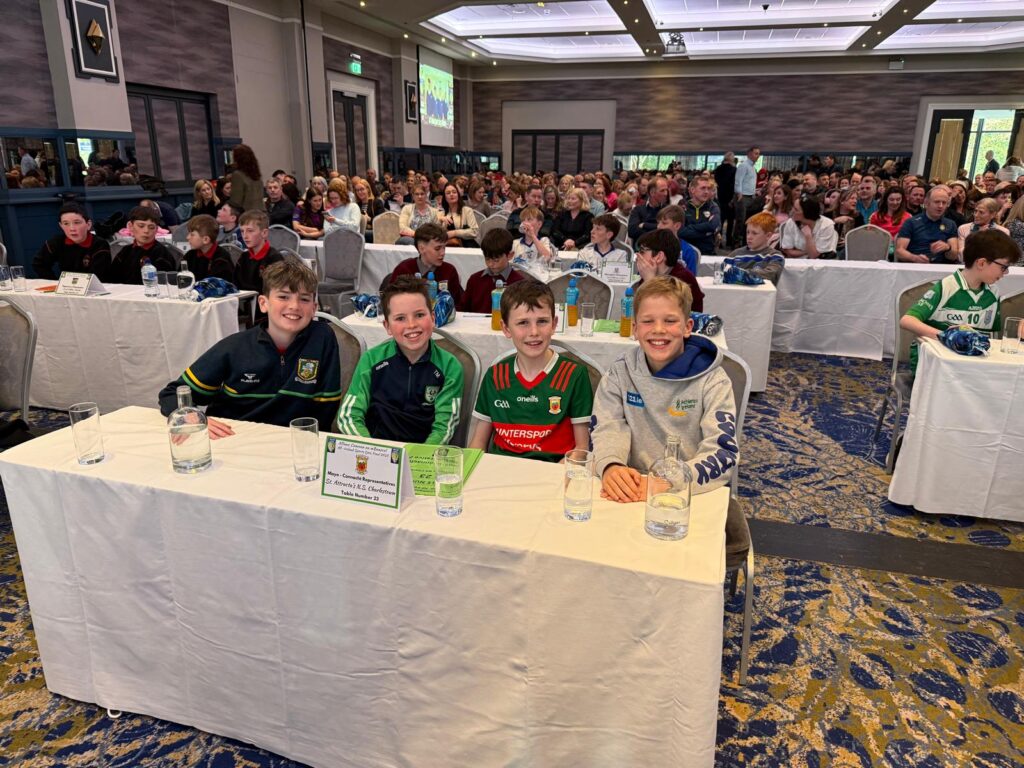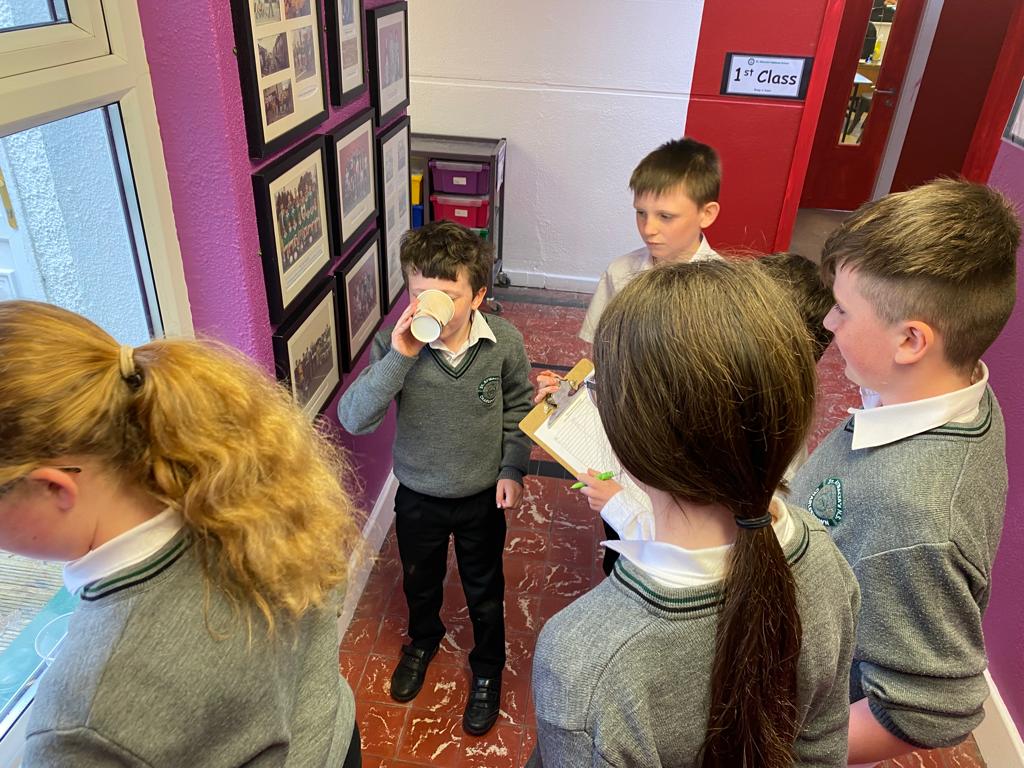
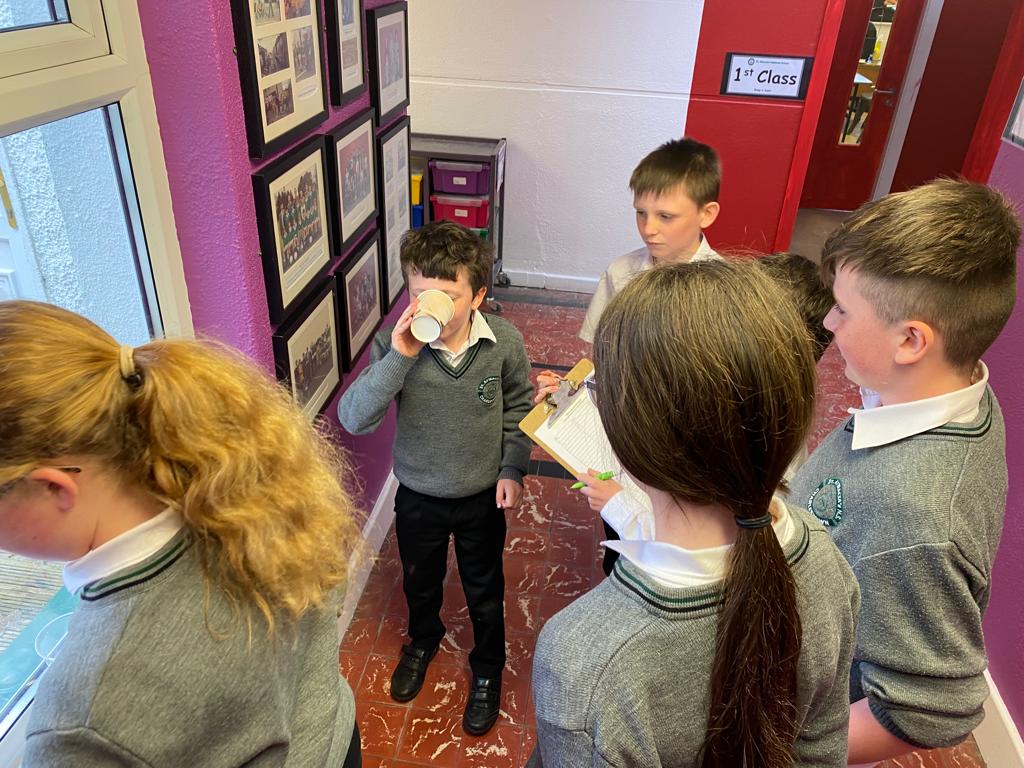

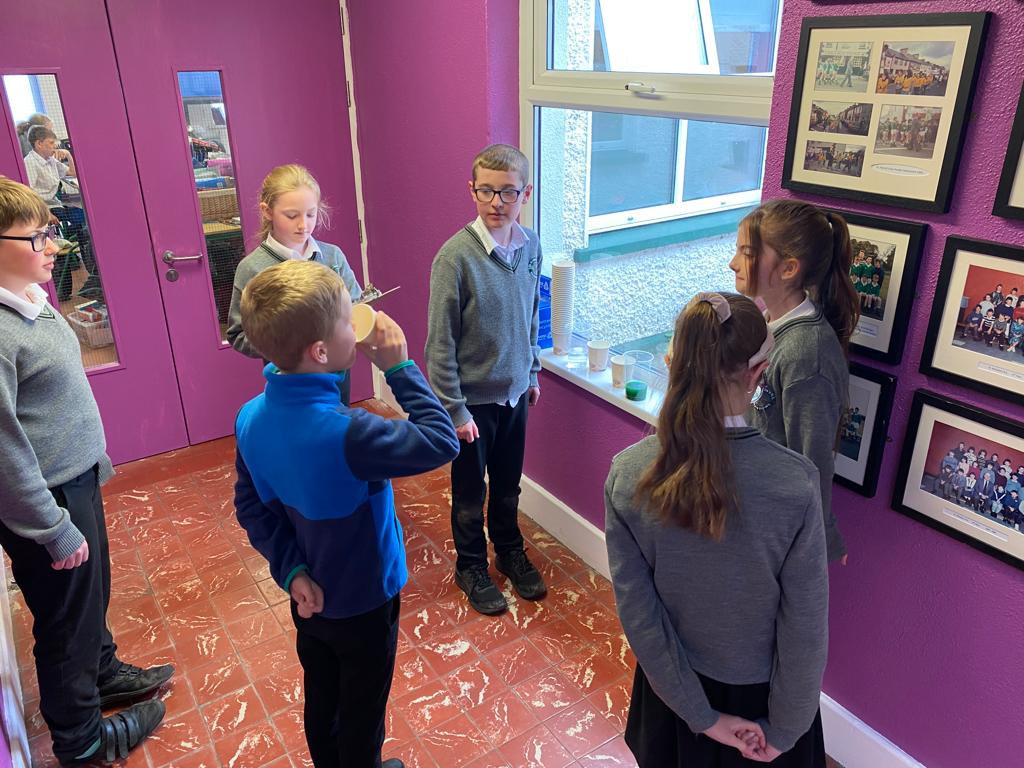
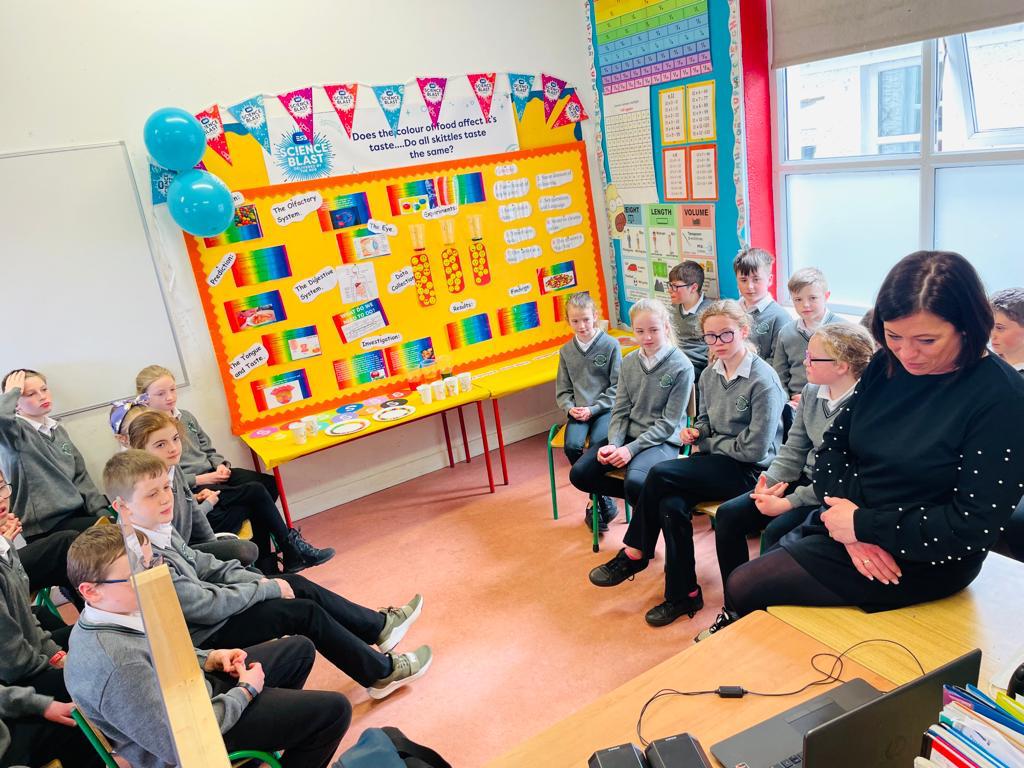

This year, 5th Class entered the RDS Science Blast programme with an interesting question:
“Does the colour of food affect it’s taste?… And, do all Skittles taste the same?”
The class came up with this question during class as we undertook the beginning of our study on major systems of the body. The addition of the Skittles part was probably a little bit less science-based and more sweet tooth based…but that’s acceptable too!
The completion of the Science Blast involves many steps. The children learned so much from this seemingly simple question than you could start to imagine. For example, they are all competent and confident in drawing, identifying and explaining the tongue and taste buds, the olfactory system, the digestive system and the nervous system and brain. This is knowledge in line with Secondary school students. Not only do they know this, but they were genuinely eager and enthusiastic in their learning!
The next phase of the process involved investigating our question. The children came up with a taste experiment to test their prediction that colour should not affect the taste. They used apple juice and food colouring to conduct this test. Food colouring does not affect flavour. They then administered individual taste tests with 44 students from 1st and 2nd classes and the results were very surprising! Only 4 children identified that all three juices tasted the same. The vast majority described the juices as having different fruit flavours.
We then researched previous scientific studies in the area of the psychology of taste perception. One American study had coloured steak and chips and conducted the test in a darkened room. When the lights were lifted, some of the participants got sick when they saw green steak and blue chips! The children were amazed by the impact colour can have on our perception of taste. We have come to the conclusion that colour has a major effect on taste and taste is an experience which is impacted on by all of our senses.
The children created displays to showcase all of their hard work and they had a virtual judge assessment on Wednesday, April 5th. The culmination of all of their effort was evident to see as they confidently displayed their presentation and knowledgeably answered all of the judge’s questions. Mrs McDonagh could not be prouder of all of their individual and collective input. They were a credit to themselves and showed maturity and knowledge far above 5th class standard, as you will see from the judge’s feedback.
It is so positive to see the children involved in initiatives such as this as they have learned so much both in scientific knowledge and vital life presentation skills. The children enjoyed the programme so much and almost learned by osmosis through their immersion in the topic in question. The promise of Skittles as the final experiment definitely was the icing on the cake. We can now conclusively state that the colour of food does affect its taste and all Skittles definitely do not taste the same!
Please note our judge’s feedback:
“Wow, what an impressive class of young boys and girls! I really enjoyed listening to them explain in great detail the different stages involved in their project, “Does the colour of food determine its taste?”. The children were so articulate and confident in delivering their presentations.
From their interesting research methods; investigating the olfactory system and specific taste areas of the mouth; fair testing with their experiments by having 44 people taste test both normally and some blindfolded and their surprising conclusion – every aspect of this project was well thought out and explained.
I love the fact that one of the children in the class, Adam actually came up with the project title and his classmates all contributed to finding out the answer! Well done, a great example of collaboration which is so important.
The information that was presented was explained clearly and understood well by the children. In particular, I was really impressed by the recall of facts on the tongue and what different parts of the tongue detect and identify different flavours. The details recalled on the senses and the body were that of Leaving Cert Biology students – a real credit to the teacher, Ms McDonagh, and the class for taking it all in!
The PowerPoint presentation was wonderfully colourful and clearly laid out. The results were easy to follow and made for an interesting read. Taste really is an experience and that is why different people have different taste preferences.
Well done to all of the boys and girls in 5th Class, thank you for inviting me into your lovely classroom, I hope you enjoyed your skittles in the afternoon!
Well done again!”
Annaliese McConnell


